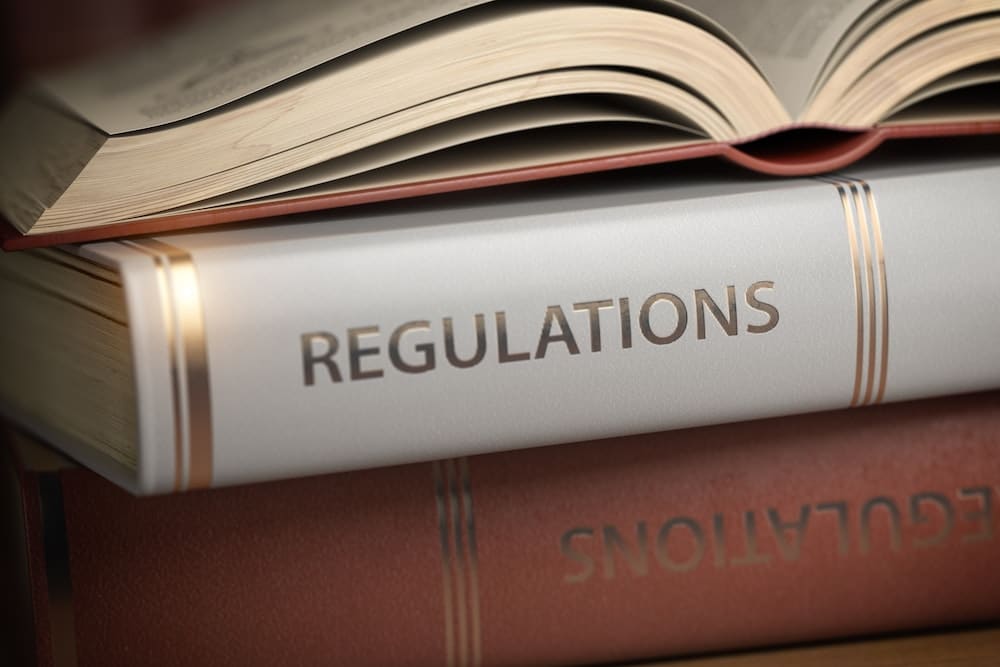With the implementation of energy efficiency regulations by the UK government, the real estate sector has experienced a significant shift. These policies are directly impacting investment decisions in property. The Energy Performance Certificate (EPC) rating has become a key factor in property valuation, while the Minimum Energy Efficiency Standards (MEES) is altering the dynamics of the real estate market.
Understanding the implications of these regulations are vital for those interested in investing in the UK housing sector. Let’s delve into the intricate ways in which the energy efficiency regulations are reshaping the real estate landscape.
Also to read : What Are the Tax Implications of Buy-to-Let Investments Post-Brexit?
Energy Efficiency and Real Estate: A New Era in the UK Housing Sector
With the UK government’s commitment to achieving net-zero carbon emissions by 2050, energy efficiency has become a significant consideration in the housing sector. The Energy Performance Certificate (EPC) and the Minimum Energy Efficiency Standards (MEES) are the two main regulatory mechanisms currently influencing the UK real estate market.
The EPC provides a rating for a property based on its energy efficiency. This rating has become a crucial factor in the valuation and eventual sale or rental of a property. On the other hand, the MEES mandates that all privately rented properties must have an EPC rating of ‘E’ or above. Failure to comply with these standards can result in financial penalties.
This might interest you : What Are the Latest Techniques for Flood-Proofing Urban Residential Properties?
The Role of EPC Rating in Real Estate Investments
The EPC rating has become an integral part of investment decisions in the real estate sector. An efficient building not only reduces energy costs but can also be more appealing to potential buyers or tenants. A high EPC rating can increase a property’s value, making it a more attractive investment. This rating is now part of the due diligence process for real estate transactions.
Potential buyers and investors are increasingly influenced by a property’s EPC rating, which can impact its market value and return on investment. As a result, energy efficiency improvements have become a common part of pre-sale or pre-let property upgrades, enhancing the attractiveness of a property to potential buyers or tenants and, therefore, its market value.
The Impact of MEES on Investment Decisions
The introduction of the MEES has further tied the concepts of energy efficiency and real estate investment. These standards have forced property owners to improve their buildings’ energy efficiency, primarily through renovations and retrofits. Properties with an EPC rating below ‘E’ can no longer be rented out, which has led to a decrease in their market value.
For investors, these properties can represent a risky venture. They now need to consider not only the cost of acquiring the property but also the necessary investment to improve its energy efficiency to meet the MEES. This has led to a shift in the types of properties being targeted for investment, with greater emphasis on those with high energy efficiency ratings.
Sustainability, Energy Efficiency, and the Future of Real Estate Investment
The push for sustainability and energy efficiency isn’t just a passing trend – it’s the future of real estate. Government regulations like the EPC and MEES are expected to become even more stringent in the future, further emphasizing the need for energy-efficient properties.
Investors are now considering the long-term sustainability of their property investments. They’re looking for properties that not only comply with current energy efficiency regulations but are also prepared for future regulations. This forward-thinking approach is likely to become the new normal in the real estate investment landscape.
Financial Impact of Energy Efficiency Regulations on Real Estate Investment
The financial impact of energy efficiency regulations on real estate investments is not to be underestimated. The increased costs associated with improving a building’s energy efficiency to meet regulatory standards can significantly impact the overall return on investment.
On the other hand, properties that already meet or exceed these standards are likely to see an increase in their market value. This underlines the importance of energy efficiency as part of the investment decision-making process in the real estate sector. While there may be an upfront cost associated with improving a building’s energy efficiency, the potential future financial gains can make this a worthwhile investment.
In conclusion, the UK’s energy efficiency regulations have had a profound influence over real estate investment decisions. With the growing importance of sustainability and energy efficiency, these factors are likely to become even more critical in the future. As such, investors need to adapt to this changing landscape, ensuring their investment decisions align with these new norms.
The Long-Term Environmental Impact of Energy Efficiency Regulations on Real Estate
The long-term environmental impact of the UK’s energy efficiency regulations on the real estate sector is significant. With the pressing need to address climate change, these regulations have a dual purpose. They not only aim to reduce the energy consumption and carbon emissions of buildings but also to encourage the use of renewable energy sources.
The EPC rating, a pivotal element of these regulations, serves as an indicator of a property’s environmental impact. Buildings with a high EPC rating consume less energy and produce fewer carbon emissions, making them more environmentally friendly. These properties are increasingly seen as attractive investments due to their lower operating costs and positive environmental impact.
Beyond EPC ratings, energy efficiency improvements such as insulation, efficient heating systems, and the integration of renewable energy sources can further reduce a building’s carbon footprint. These improvements, while requiring an initial investment, can increase a property’s long-term value and appeal in the market.
The MEES also contribute to the environmental sustainability of the real estate sector. By mandating a minimum EPC rating for rental properties, the government ensures that even the least energy-efficient buildings are upgraded, reducing the overall environmental impact of the property market.
By focusing on energy efficiency, the UK’s real estate sector can play a crucial role in the country’s efforts to combat climate change. The shift towards energy-efficient properties is not only a wise investment decision but also a socially responsible one.
The Role of the Supply Chain in Improving Property Energy Efficiency
The supply chain also plays a vital role in improving property energy efficiency. For a property to meet or exceed the required EPC ratings and MEES, the materials and technologies used in its construction or renovation must be energy-efficient.
Manufacturers and suppliers of construction materials have a responsibility to produce and offer eco-friendly, energy-efficient products. This includes insulation materials, energy-efficient appliances, and renewable energy systems. The selection of these materials and technologies can significantly impact a property’s energy efficiency and its EPC rating.
Furthermore, contractors and builders must be well-versed in energy-efficient construction practices. This includes understanding how to effectively insulate a building, install energy-efficient heating and cooling systems, and integrate renewable energy sources.
The government also has a role to play in encouraging energy-efficient practices within the supply chain. This could involve providing incentives for the production and use of energy-efficient materials and technologies, or implementing regulations that mandate their use.
The interplay between the real estate sector and the supply chain in the quest for improved energy efficiency underscores the complexity of this transition. However, it also highlights the potential for widespread change and improvement across multiple industries.
In Conclusion: Aligning Real Estate with the Future
In conclusion, the influence of the UK’s energy efficiency regulations on real estate investments is both transformative and long-lasting. The regulations have ushered in a new era in the real estate sector, one that prioritizes energy efficiency, climate change mitigation, and environmental responsibility alongside financial returns.
The EPC rating and the MEES have become critical elements in the valuation and selection of properties for investment. As we move into the future, investors are likely to place even greater emphasis on the energy efficiency and environmental impact of their investments.
The drive towards energy efficiency isn’t just altering investment decisions – it’s also changing the wider real estate sector and its supply chain. From construction material manufacturers to builders, every link in the chain needs to prioritize energy efficiency.
As the government continues to push for increased energy efficiency, the real estate sector must adapt and evolve. For those willing to invest in energy-efficient properties and improvements, the potential rewards are significant – not only in terms of financial returns but also in contributing to the fight against climate change.
In short, energy efficiency is more than just a regulatory demand or a market trend – it’s the future of real estate investment. Those who recognize this and adapt accordingly are likely to thrive in this new era of sustainable real estate. As the saying goes, "the greenest building is the one that’s already built." In this context, the greenest investment is the one that’s energy efficient.











